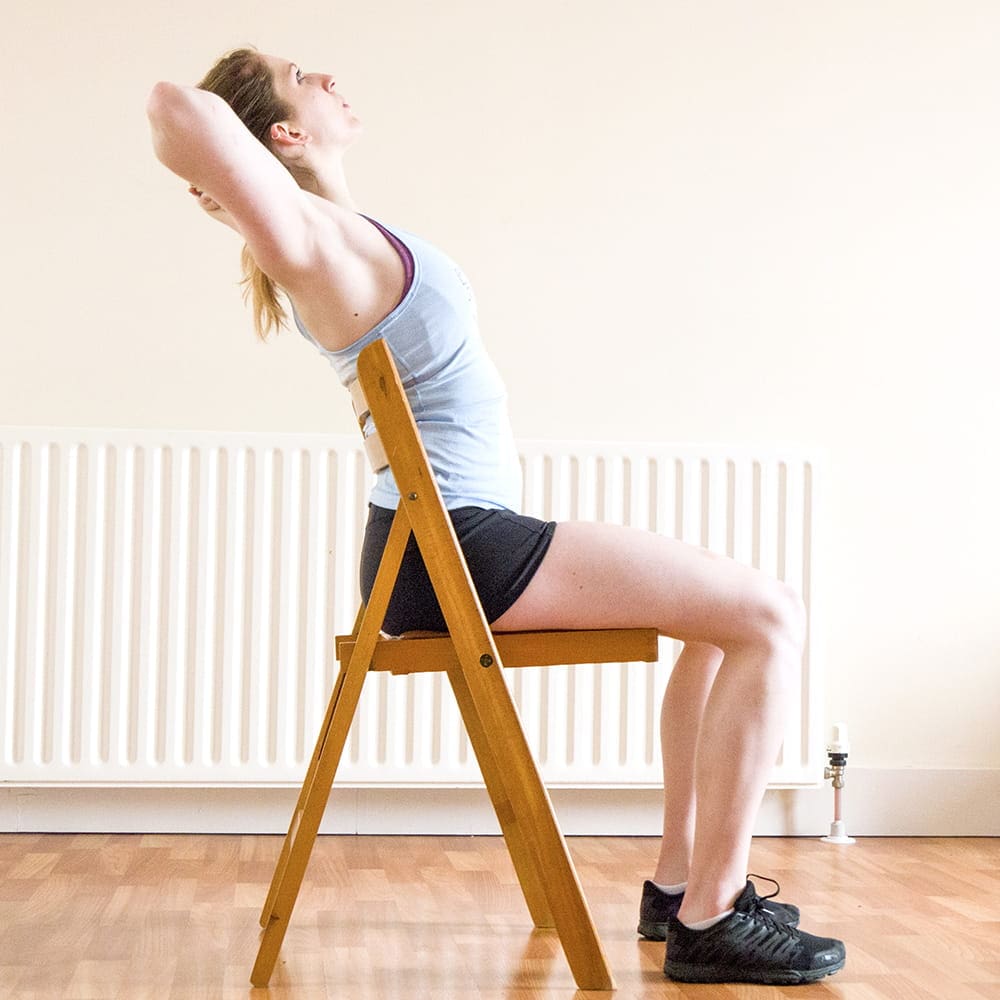We’re back again this week to continue our Road to Recovery series! This week, the topic is Shoulder Pain Injury. Ever wonder why shoulder pain is so common these days? It’s our daily habits that get us into trouble, and technology doesn’t help. The body is highly adaptable, but that also means it must adapt to our daily routines!
As with other joint pain, shoulder pain injury is often a result of improper movement. Each muscle in the body has their own respective job to do. Muscles can be prime movers, synergistic muscles (helpers), or antagonist muscles (they relax while the prime mover contracts). The role in which the muscle fits depends on the movement being performed. For example, during elbow flexion you are bringing the arm closer to your shoulder– commonly known as bicep curl. In this movement, the prime mover is the bicep, there are synergistic muscles in the forearm, and the triceps act as the antagonists.
The opposite movement is called elbow extension, or bringing the arm down and away from your shoulder – commonly known as a triceps extension or triceps press down. During this movement, the prime mover is now the triceps, forearm is still a synergist, and the biceps acts as the antagonist.
As stated earlier, joint pain is commonly a result of improper movement, and there is no exception for a shoulder pain injury. The body is amazing and will complete any pattern you want it to, even if done improperly. In regards to the shoulder, this translates to an inability to properly pack it. This leads to that shoulder pain injury.
Shoulder packing usually goes by another name – Thoracic Extension.

The thoracic cavity consists of your thoracic spine and rib cage area – think top of lower back to base of neck.
Thoracic extension is movement where the chest comes out and up towards the chin and the shoulders go down towards your hips (the middle of your shoulder blades come closer together).
One of the main functions of the latissimus dorsi (lats) is to facilitate this movement. The lats are long thin muscle that go from your arm pit to lower back. If you have trouble pressing overhead or holding your hands overhead, your lats are most likely the culprit.
The lats facilitate thoracic extension by tilting your scapula (shoulder blades) back which pushes your chest out and up and opens your shoulders – packing them. (Note: There are also other muscles that work together to do this.) Pulling movements usually require thoracic extension – low row, lat pulldown, and deadlifts.

The opposite of thoracic extension is thoracic flexion.
In this, the chest falls forward and down and your shoulders round forward. Thoracic flexion exercises are usually those that cause your chest to come down towards your waist such a crunch.
If you sit too much during the day, you are at a disadvantage, although that is probably no surprise. Sitting causes most people to fall into thoracic flexion. Think about it, how often do you make sure you sit upright when at desk?
Other common times we fall into thoracic flexion are while texting, reading, and writing. Human beings were built for wild hunting, gathering, and fighting off threats. Nowadays we spend a major part of the day on our phones and/or computers. In other words – We are meant to move, not sit. Habits like these lead is in the direction of developing a shoulder pain injury.
The body is an amazing adaptive machine. Your body will become very efficient in WHATEVER movement you do consistently. If you run a lot, your body will adapt to become a better runner – GOOD. But if you sit a lot, your body will adapt to become a better sitter – NOT GOOD.
Shoulder Pain Injury: Now What?
In terms of shoulder health, sitting too much lengthens the muscles of your back and shortens those in the front such as your chest. It is important to note that Thoracic Flexion is not a bad thing – TOO much of it is. Muscles that are relaxed and lengthened become inactive and can cause them to not fire effectively when they are actually needed. This becomes a problem when performing pressing movements such as bench press. The inability for your thoracic cavity to extend and properly stabilize your shoulder will open it up to pain and injury.
Check back next time, we’ll be taking a look at exercises that help restore proper movement to your thoracic cavity and help pack the shoulder.
If you have any questions, or want a consultation with a professional, feel free to call, or schedule an appointment online at any of our Bergen County or Passaic County offices in New Jersey. Choose from Glen Rock, Franklin Lakes, Fair Lawn, Ho-ho-kus/Ridgewood, and/or Clifton – we make it possible for you to visit any of our offices at your convenience.
[footer title=”Do you, or someone you know need shoulder pain rehabilitation? We can help you get on the Road to Recovery with a simple consultation.”]

